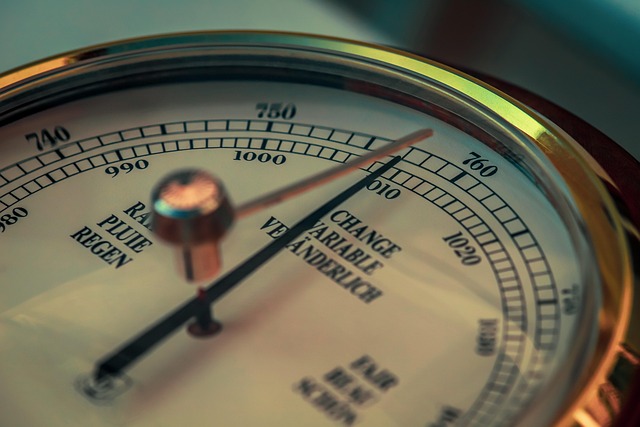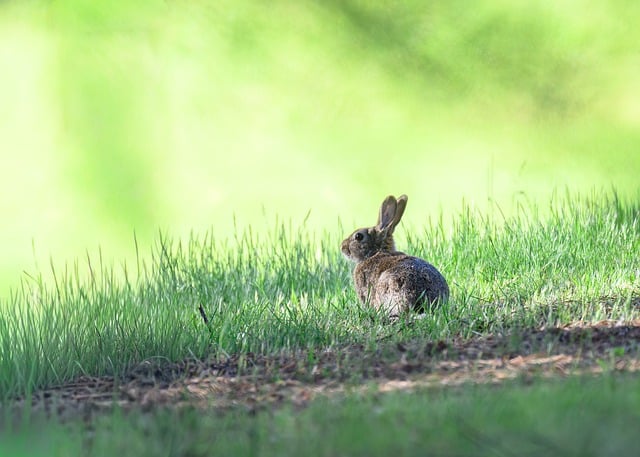
Fishing Fun: Exploring the Impact of Air Pressure on Leisure Activities
Fishing is more than just a pastime; it’s an escape into nature, a chance to unwind, and a source of countless cherished memories. For fishing enthusiasts, understanding the factors that influence this beloved activity enhances not only the experience but also the chances of landing that elusive catch. One of the lesser-discussed yet significant factors is air pressure. While it may seem like an abstract concept, air pressure has a tangible impact on fish behavior, making it an essential consideration for those seeking to maximize their leisure activities.
When planning a fishing trip, many enthusiasts rely on weather forecasts, often focusing solely on temperature and precipitation. However, air pressure plays a critical role in how fish behave and where they lurk. High and low-pressure systems can drastically affect the mood of fish, which can influence your success on any given day.
During periods of high air pressure, fish tend to be less active and will often hang deeper in the water, making them harder to catch. This is particularly true on sunny days when the barometric pressure rises. Anglers may notice that even the most seasoned fish seem to be avoiding the bait. In contrast, low air pressure, typically associated with approaching storms or overcast skies, can trigger feeding frenzies. Fish often become more active, swimming closer to the surface and venturing into shallower waters. For anglers, this means that timing your fishing expedition around changes in air pressure can lead to a more rewarding experience.
Understanding air pressure can also inform anglers about their choice of fishing gear and techniques. On days of high pressure, lighter lures may be less effective, prompting anglers to opt for more substantial baits that can reach deeper waters. Alternatively, during low pressure conditions, topwater lures or smaller baits may entice more bites. These subtle adjustments can turn a quiet day on the water into an exhilarating fishing adventure, enhancing the overall leisure experience.
Moreover, the impact of air pressure extends beyond just the behavior of fish. For many, fishing is also about enjoying the serenity of the environment—casting a line while surrounded by the soothing sounds of nature. The relationship between fishing and changing weather conditions becomes even more profound when considering how air pressure affects not only the fish but also the angler’s mindset. A day spent fishing under a beautifully clear sky can boost morale, but a sudden drop in air pressure and the promise of rain can rejuvenate an otherwise stagnant day.
Furthermore, fishing trips often coincide with family gatherings and social outings, where air pressure can influence the overall atmosphere. When clouds gather and pressure drops, it sets a different tone. Excitement tends to build as the thrill of a storm looms on the horizon, pushing anglers to adapt their strategies and embrace the unpredictability of nature. This shared experience further bonds families and friends, turning a simple fishing excursion into lasting memories filled with laughter and joy.
As you plan your next fishing trip, remember to check the air pressure forecasts. It’s not just a number; it represents the ebb and flow of nature, affecting leisure activities in ways that are both profound and subtle. Embracing the influence of air pressure not only enhances your chances of success but also enriches the overall experience. Whether you’re chasing a trophy fish or simply looking to unwind, the changing skies and shifting pressures remind us of the joys of fishing, perhaps the ultimate leisure activity. So grab your gear, track the weather, and get ready for a day filled with excitement, relaxation, and unforgettable moments in the great outdoors.

